The poignant story behind the Tomb of the Unknown Warrior
3-4 minute read
By Niall Cullen | November 4, 2020
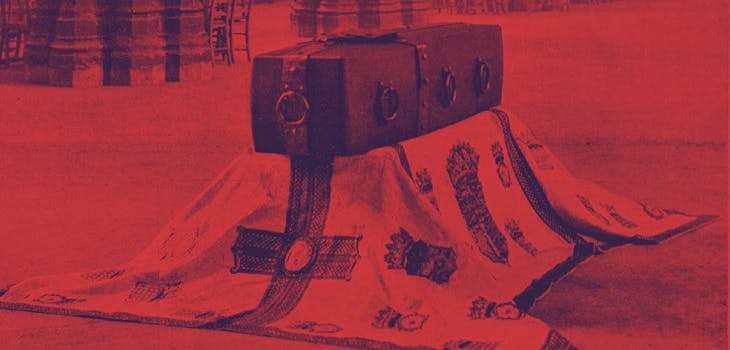
The UK’s Unknown Warrior was buried in Westminster Abbey on 11 November 1920. His tomb has been a national symbol of remembrance ever since.
Reverend David Railton first proposed the idea of having a single grave to represent the many unidentified British casualties of the First World War. While serving as an army chaplain on the Western Front he had seen a war grave with the simple epitaph;
"“An Unknown British Soldier”"
In 1920, Railton wrote to the Dean of Westminster suggesting that an unidentified British soldier be buried amongst the kings at Westminster Abbey.
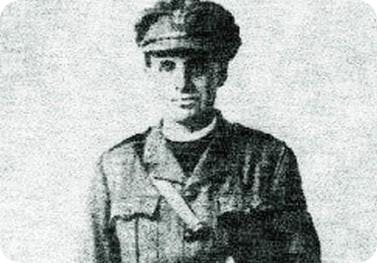
Reverend David Railton, military chaplain, in 1918.
His idea was met with resounding support from Prime Minister David Lloyd George and plans got underway to bring the unknown soldier home.
Choosing the warrior
Unidentified bodies were exhumed from the Aisne, the Somme, Arras and Ypres battlefields and brought to the chapel at St Pol near Arras in France. There, the remains were placed in coffins, each one draped in a Union Jack.
Find family heroes and more
Enter a few details to see your relatives' records at your fingertips.
Not knowing where any of the remains originated from, Brigadier L.J. Wyatt chose the unknown soldier by resting his hand on one of the coffins with his eyes closed. The others were then reburied.
Journey home
Among the tolling of church bells, guards of honour and military salutes, the Unknown Soldier left France in a lavish casket with the inscription;
""A British Warrior who fell in the Great War 1914–1918 for King and Country""
The body of the Unknown Warrior was carried by HMS Verdun to Dover, arriving on 10 November 1920. From there, the same train that had previously transported the bodies of Edith Cavell and Charles Fryatt took the remains to Victoria Station in London. The coffin stayed there overnight.
A warrior's funeral
On Armistice Day, 11 November 1920, a gun carriage took the Unknown Warrior from Victoria Station to Whitehall, where the Cenotaph was unveiled by King George V.
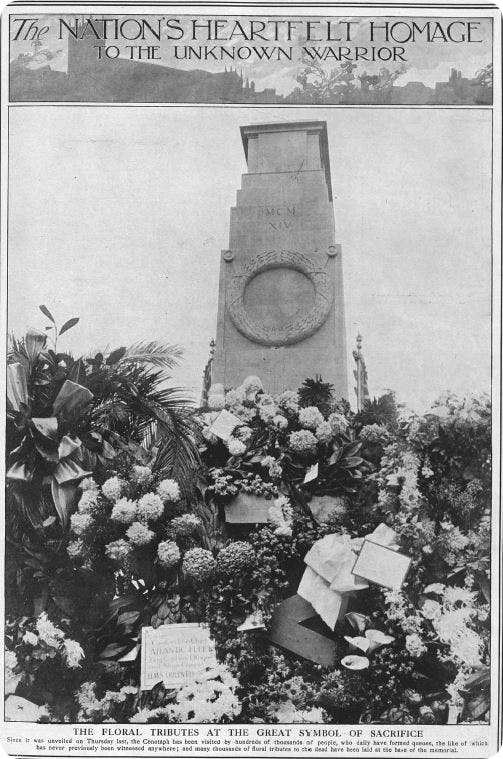
Thousands of silent mourners lined the streets to see the Unknown Warrior’s funeral. A guard of honour was formed by 100 Victoria Cross recipients as the casket was interred in the West Nave of Westminster Abbey. There were also 100 women in attendance as guests of honour. They had all lost their husbands during the war.
His legacy forever etched
The Unknown Warrior’s tombstone is the only one in Westminster Abbey on which it’s forbidden to walk. Its touching inscription reads;
"Beneath this stone rests the body
Of a British warrior
Unknown by name or rank
Brought from France to lie among
The most illustrious of the land
And buried here on Armistice Day
11 Nov: 1920, in the presence of
His Majesty King George V
His Ministers of State
The Chiefs of his forces
And a vast concourse of the nation"
"Thus are commemorated the many
Multitudes who during the Great
War of 1914 – 1918 gave the most that
Man can give life itself
For God
For King and country
For loved ones home and empire
For the sacred cause of justice and
The freedom of the world"
"They buried him among the kings because he
Had done good toward God and toward
His house"
The commemoration was written by Dean of Westminster, Herbert Ryle, and engraved with brass formed from World War 1 ammunition.
The Great Pilgrimage and beyond
Over the days and nights that followed, hundreds of thousands of mourners queued to pay their respects at the Unknown Warrior’s grave in Westminster Abbey. This outpouring of emotion became known as the Great Pilgrimage.
Royal connections
Elizabeth Bowes-Lyon, known to most of us as the Queen Mother, laid her wedding bouquet on the Unknown Warrior’s grave when she married King George VI in 1923.
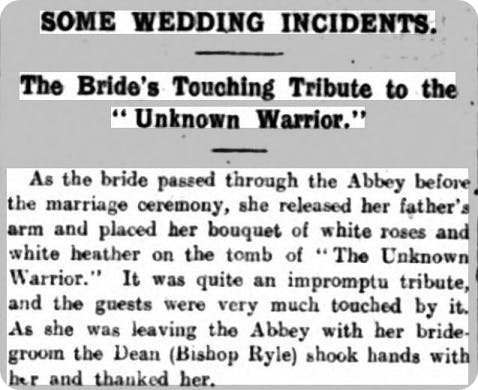
Belfast News-Letter, 27 April 1923.
To this day, Royal brides who marry at The Abbey do the same. The Queen Mother also requested that her funeral wreath be placed there when she died.
While the Unknown Warrior’s funeral was taking place in London, an unknown French soldier was also buried at Arc de Triomphe in Paris. They were the first two of many similar commemorative monuments to unknown soldiers in nations around the world.
This one grave represents thousands of unknown men and boys who never made it home to their families. Just like the servicemen who have been identified and commemorated on local war memorials in every corner of the UK, their incredible stories deserve to be told. Will you help us keep their legacies alive?
Related articles recommended for you
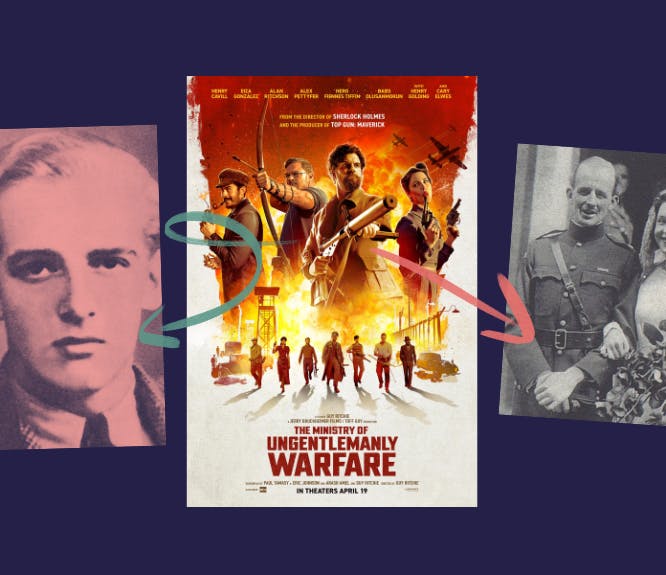
The incredible true story behind The Ministry of Ungentlemanly Warfare
History Hub

Labourers and landed gentry: Kate Middleton’s family tree
Discoveries
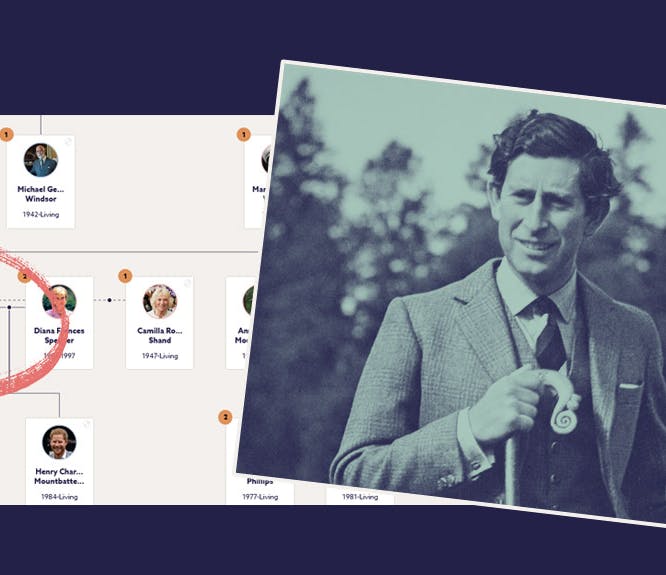
Who's who on King Charles III's family tree?
Build Your Family Tree

